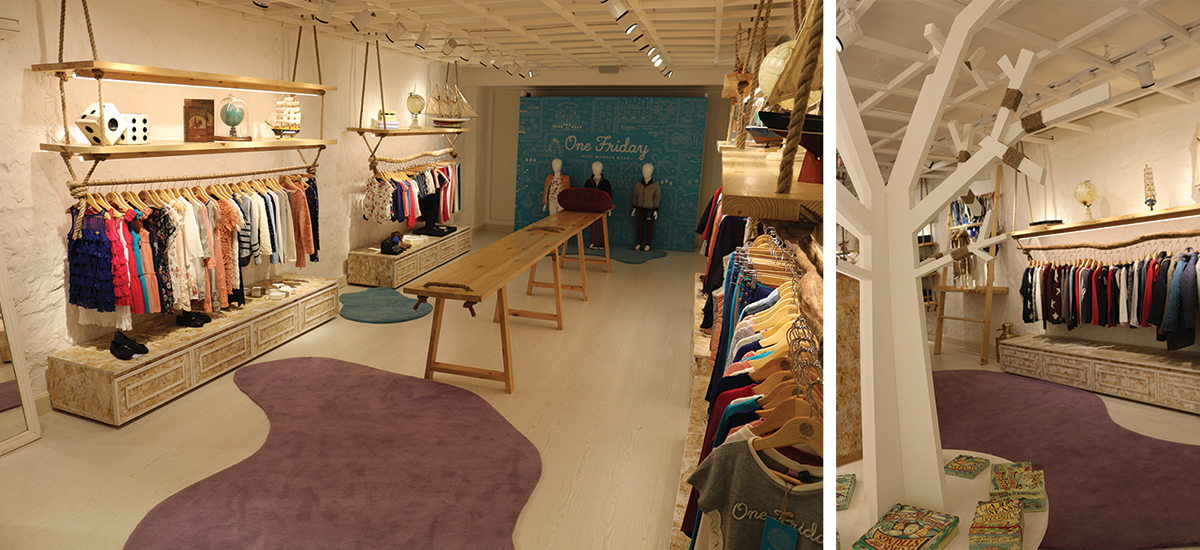Sustainable projects may see reduced liability risks and insurance premiums due to their reduced environmental impact and lesser likelihood of environmental incidents.
Kavita Batra - Principal Architect, Uniifyy
Going green is a smart choice for both residential and commercial projects. Architects and designers need to incorporate sustainable design principles into their work, and not just focus on aesthetics. This means considering the entire lifecycle of a building, including its energy use, materials, and waste management. It also means taking into account the local climate, the geography, and available resources.
Architects and developers work together to determine the feasibility of a project and analyse the site to determine its constraints and opportunities. They collaborate to incorporate sustainable design strategies to reduce the environmental impact of the project while ensuring that the design meets the developer’s vision while complying with local building codes and regulations.

As demand for green buildings continues to grow, properties that are energy-efficient and environmentally conscious are becoming more valuable. This means that property owners who invest in green building practices may see a higher return on their investment. Although the initial cost of building a green home or office may be higher, the long-term cost savings can be significant. By reducing energy and water usage, property owners can save on utility bills, maintenance costs, and even insurance premiums.
Green projects often use durable and low-maintenance materials and systems to reduce replacement costs over time. They often incorporate recycled and locally sourced materials, which can reduce the need for new materials and associated costs of transportation and emissions associated with transportation. Use of locally sourced materials also promote a sense of community and regional identity within the building design. Using recycled steel in construction promotes waste reduction, as it diverts materials from landfills and other disposal sites.
















